Did you know Vikings raided Iran?
A thread on the Caspian Expeditions of the Rus & the linkage between Medieval Scandinavia & the Middle East.
A thread on the Caspian Expeditions of the Rus & the linkage between Medieval Scandinavia & the Middle East.
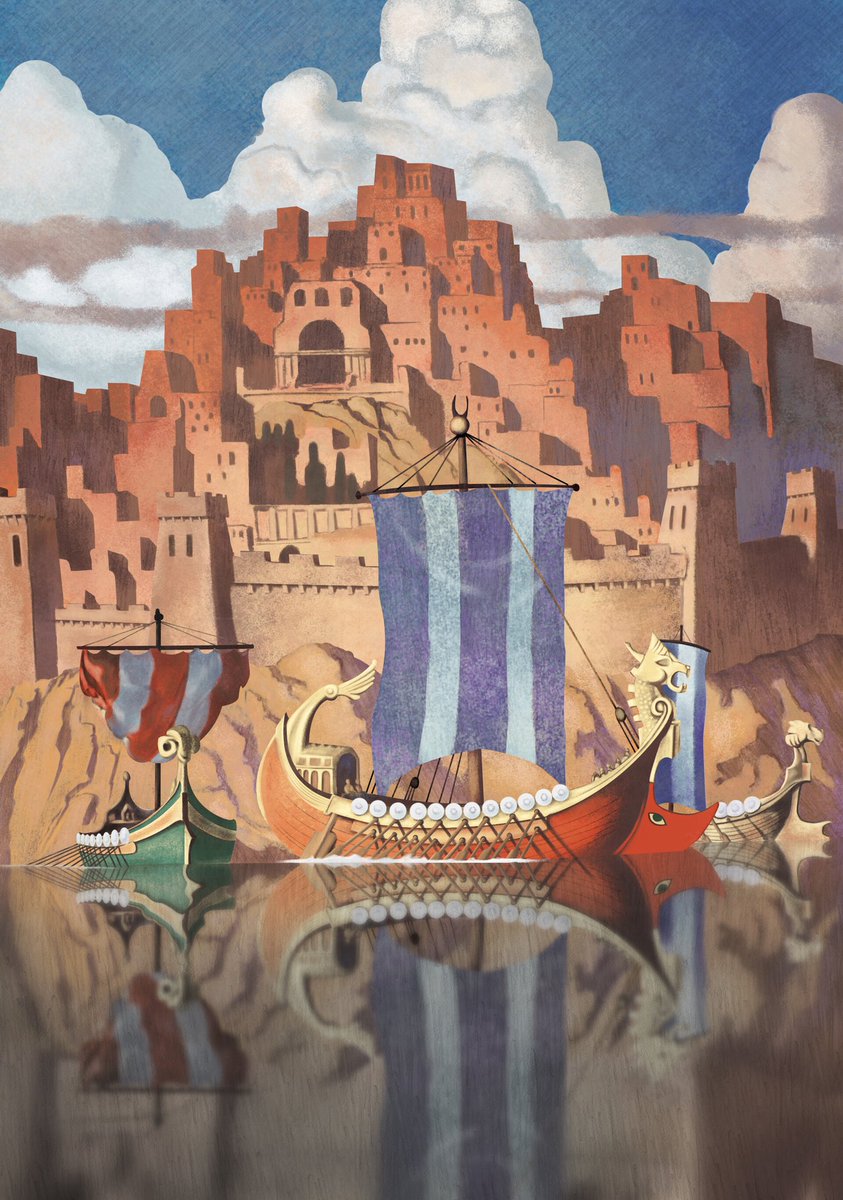
The first Norsemen to reached the southern shores of the Caspian, which they named Serkland (Saracen Land), were traders. These men travelled the river systems that connected the Baltic to the Caspian Sea, trading slaves, furs, amber & ivory for silks, jewelry, spices, & coin. 
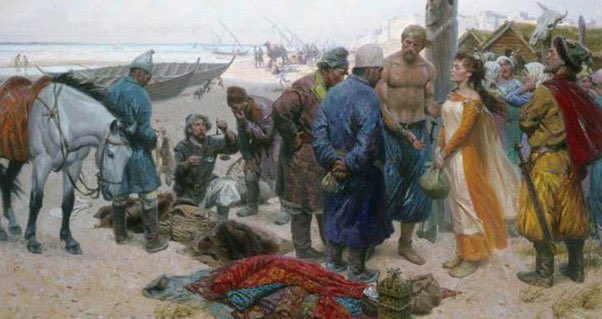
These trade routes proved fruitful & encouraged raiders to travel to the area & take advantage of its riches. Minor raids at the turn of the 10th c. met little success. However, Rus & Norse raiders saw promise in the region, finally launching a major raid in 913 with 500 ships. 

In order to sail down the Volga safely, the Rus promised the Khazars 1/2 of the spoils from the raid. The Khazars agreed & allowed the Rus to enter the Caspian Sea. The Rus successfully raided the Southeast coast of the Caspian, Baku & the interior of what is now Azerbaijan. 

The Rus sailed home weighed down with loot & slaves but the deal with the Khazars fell through and they attacked the raiders on their way home. Al- Masudi, a medieval historian, records that all the Rus who escaped the Khazar attacks were killed by the Volga Bulgars upriver. 

Another major expedition was launched in 943. The Rus rowed up the Kura River and captured the city of Barda in modern Azerbaijan. The Rus intended to stay & rule in the wealthy region but the people rebelled, stoning the warriors. The warriors demanded they leave the city. 
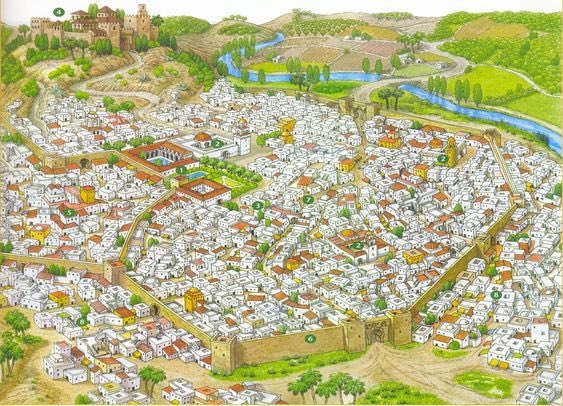
When the people of Bardas refused, the Rus slaughtered them, holding some more important residents for ransom. The Rus used Barda as a base camp to pillage the surrounding area, only stopped by an outbreak of dysentery. With the Rus weakened, the locals counterattacked. 
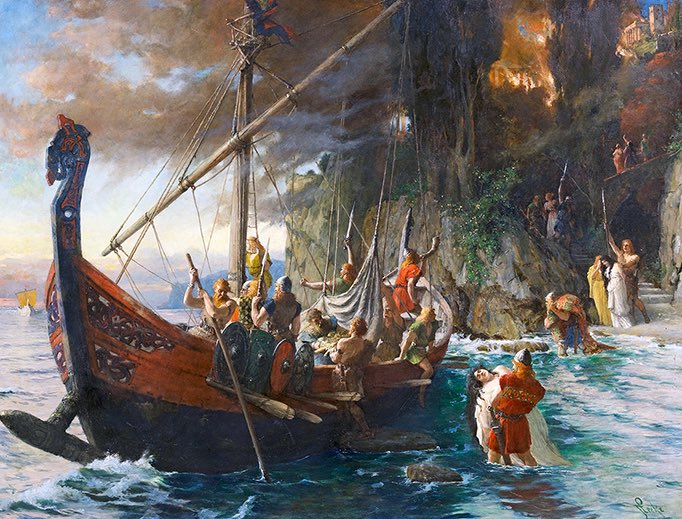
A Muslim army approached Barda & the Rus sallied out, their chief riding a donkey to battle. The Rus were beaten back, losing 700 warriors. That night they escaped the city, carrying all the loot & slaves they could, boarding their ships on the Kura River & sailing away. 
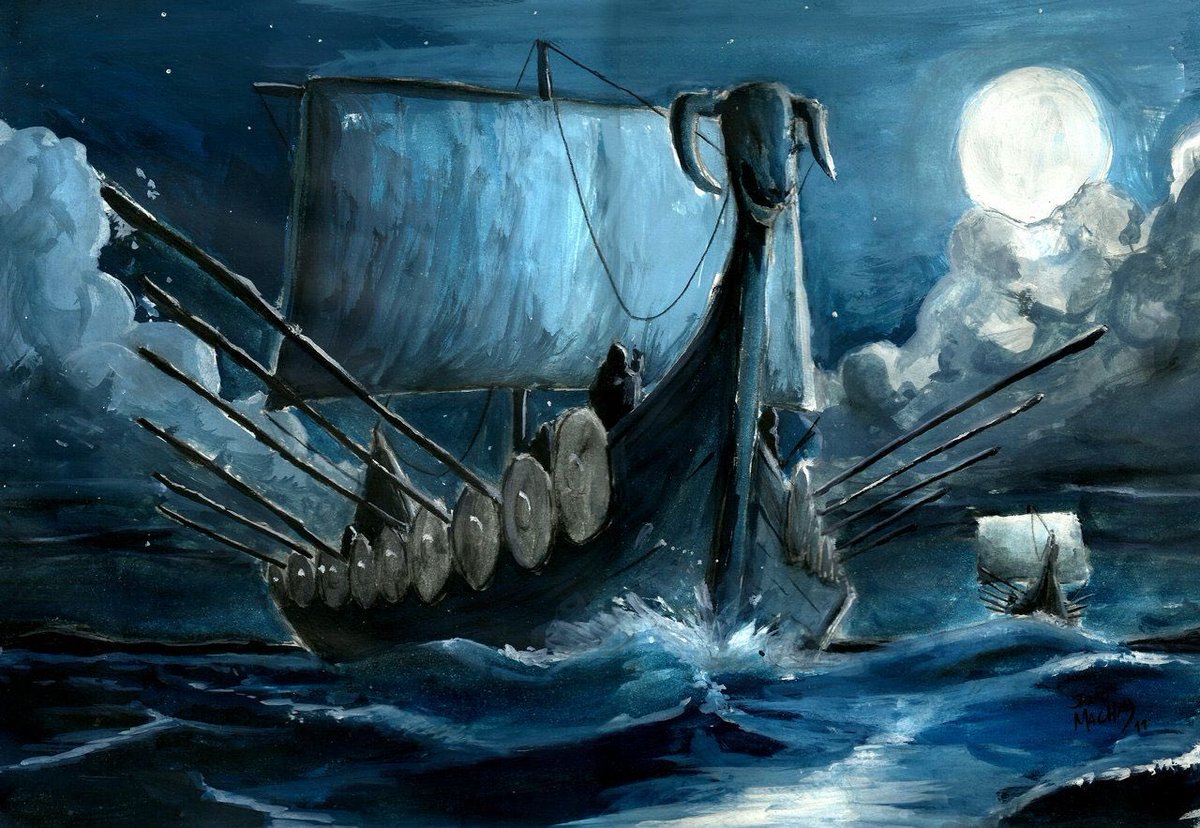
Scholars have alternately identified this Rus Chief as the Grand Prince Oleg himself or Sveneld, another powerful chieftain. According to the Schechter Letter, a Khazar document, Oleg died on this expedition. Such involvement shows the importance of eastern wealth & trade. 
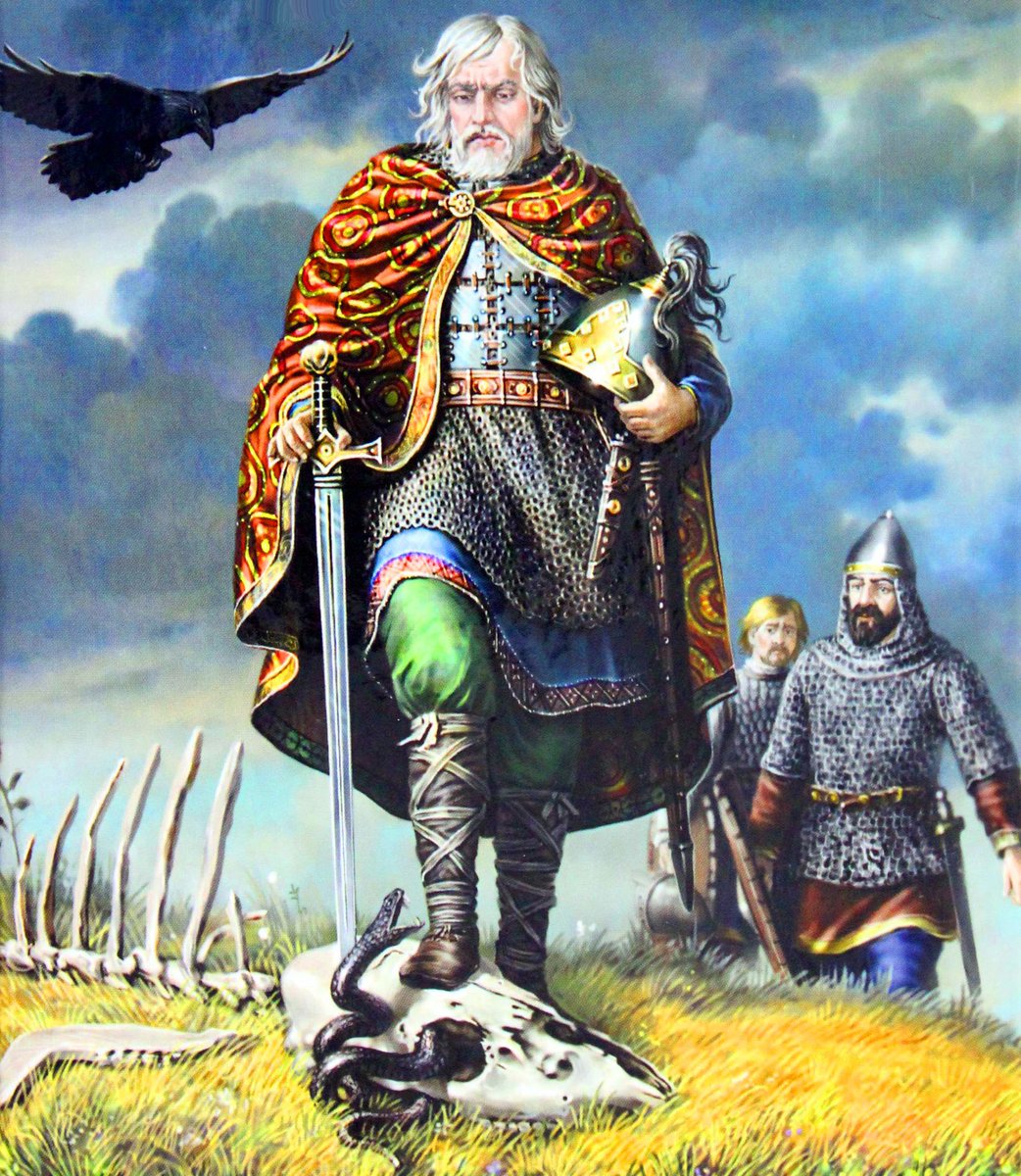
Raiding the wealthy lands of Anatolia & the Caspian made the Rus & Norse raiders some money, but the real prize was the lucrative trade routes that connected the Baltic & Northern Europe to the Byzantines & Middle East. Controlling them made the Rus extremely wealthy. 

The Rus always sought to expand their control over these trade routes, repeatedly attacking Constantinople to extract trade concessions. Sviatoslav & Vladimir the Great crushed the Khazars & Volga Bulgars to control the Volga River trade to Central Asia & Iran. 

With the destruction of Khazaria, the routes to the Caspian were free from blockades & attack, encouraging more regular contact & trade between the Rus, Norse, and peoples of Caspian Basin. 

In 987, Maymun, Emir of Derbent, asked the Rus to help him subjugate some local tribes. The Rus, who appeared to be professional soldiers, arrived in 18 ships. The Rus sent a ship to assess the situation. When the locals killed the crew, the fleet looted the city of Maskat. 
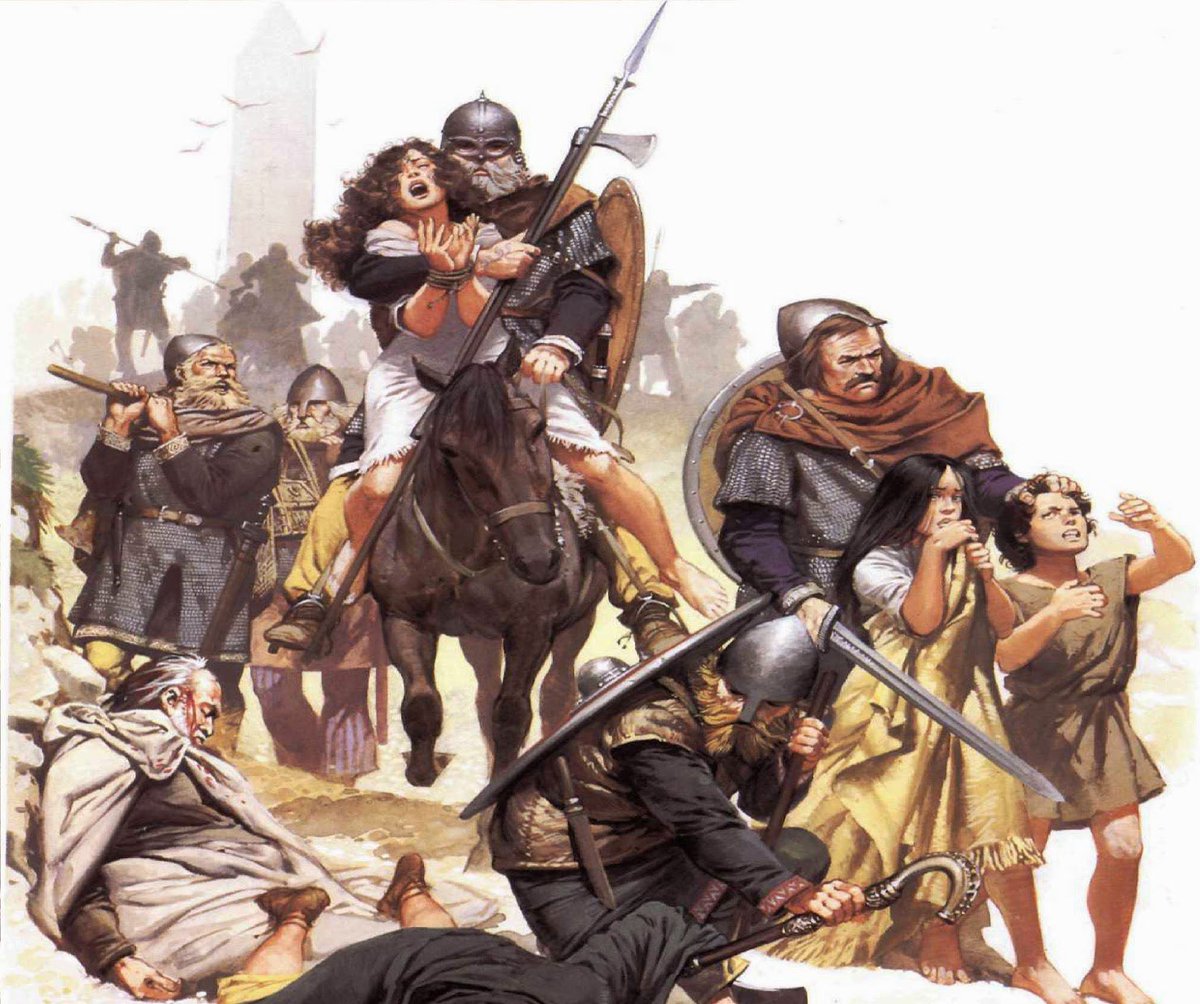
Despite this, we know Maymun maintained a corps of Varangians, refusing to force them to convert to Islam at the behest of a local preacher in 989. Another group of Rus, while raiding Shirvan in 1030, were hired by the ruler of Ganja to suppress a local revolt. 
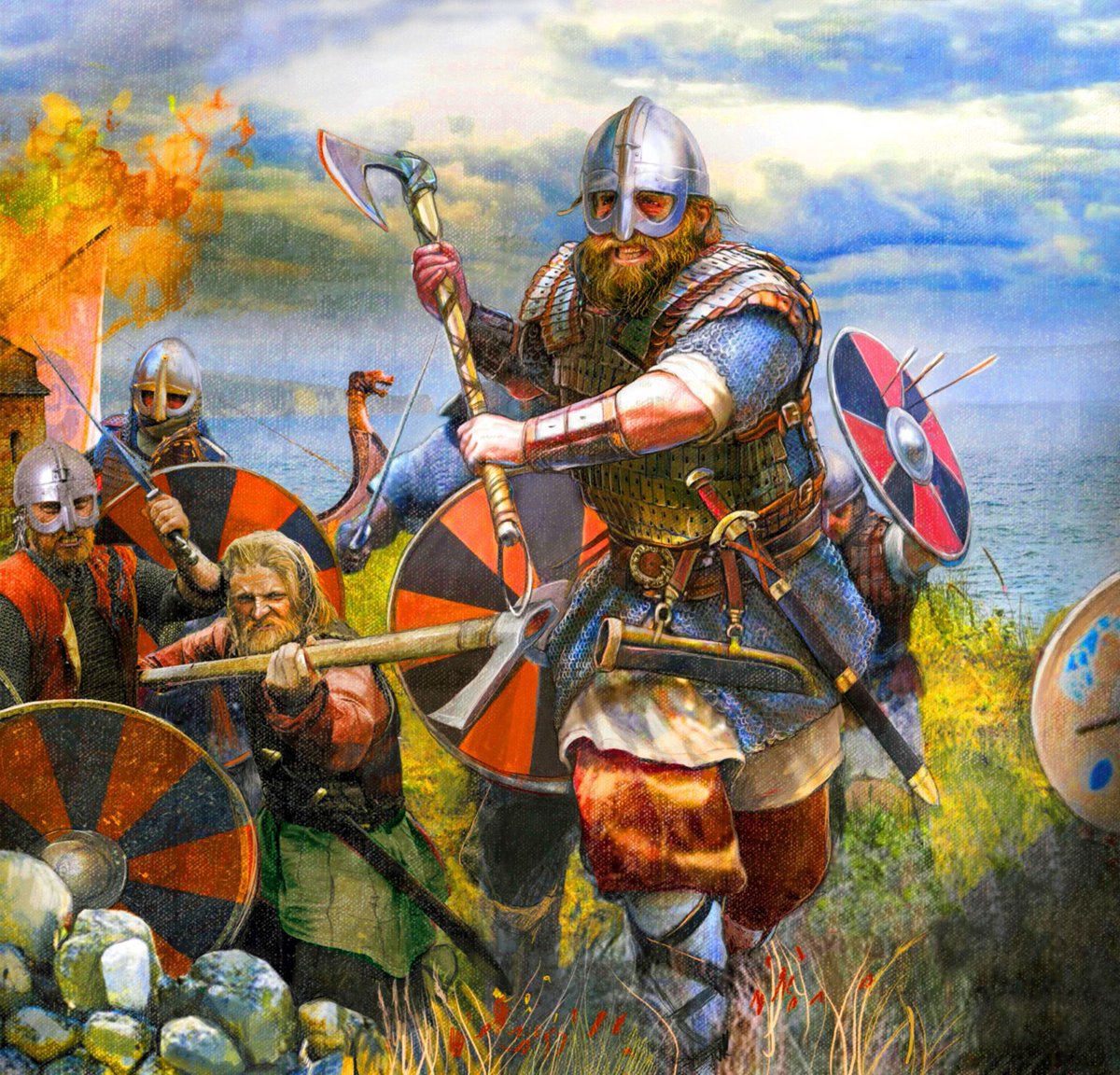
The Rus returned in 1031, 1032, & 1033, continuing their raids. Some scholars speculate these raiders also aided the Oghuz as they tried to assert their authority in Khwarezm. Such frequent involvement shows the impact these warriors had in the politics of the region. 
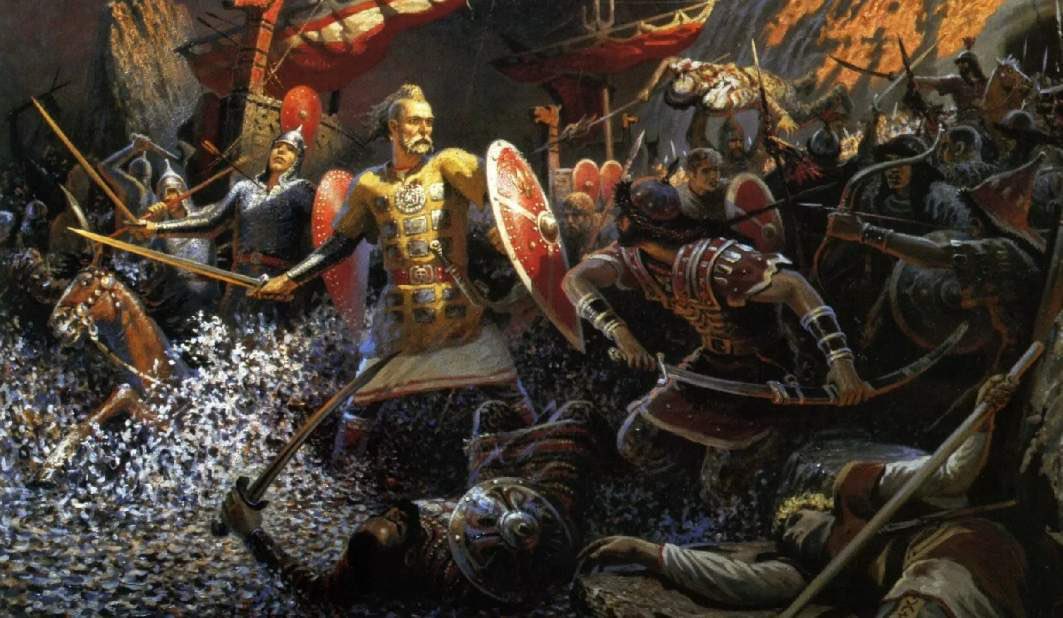
The most famous Rus raid was that of Ingvar the Far-Travelled. The 25 year-old Ingvar sailed from Sweden & reached Georgia with around 3,000 warriors. These men met King Bagrat IV, who hired 1,000 of them to aid him against a rebellion supported by the Byzantine Empire. 
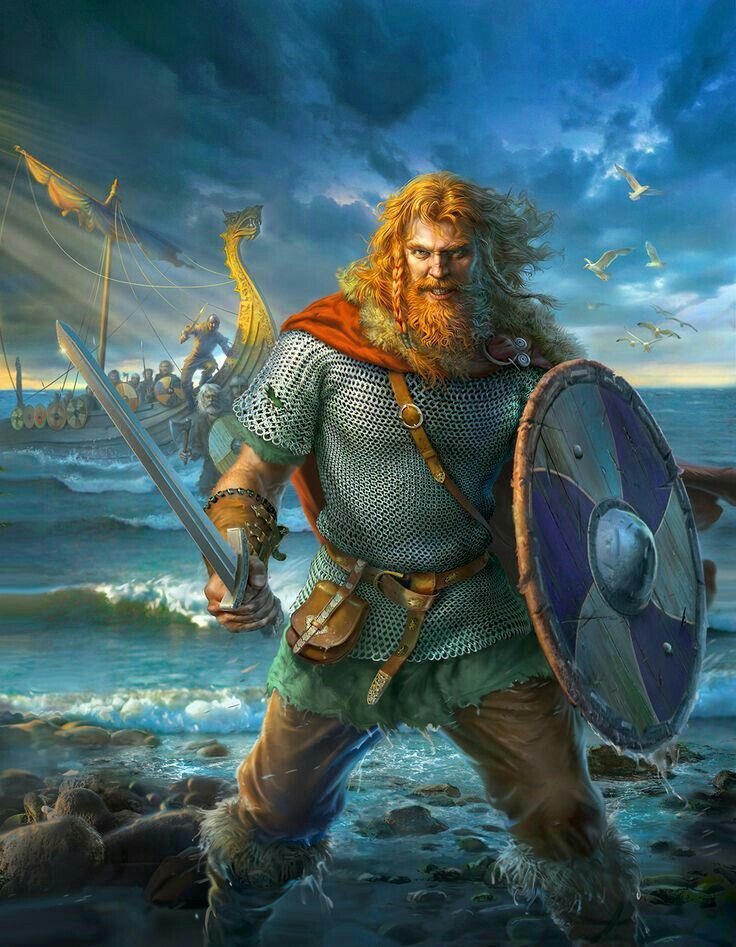
The armies met at Sasireti & Ingvar’s men charged the enemy before Bagrat’s men were ready, forcing them to attack unprepared. The Byzantines & rebels crushed Bagrat & Ingvar’s Varangians. Some sources claim the Byzantines dispatched 3,000 Varangian Guardsmen to Georgia. 

The Guardsmen’s battle against their kin in Ingvar’s army must have been fierce, the roar of frenzied warriors & crash of axes. In the end, the disciplined Guardsmen won, but the captured Varangians in Ingvar’s army were spared, possibly given spots in the Varangian Guard. 
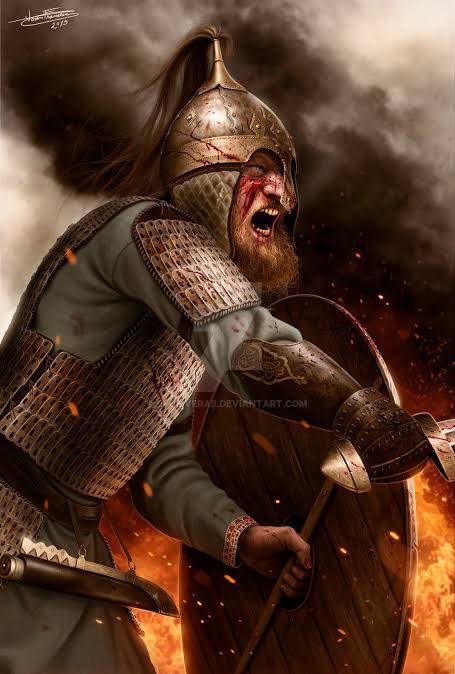
It is likely Ingvar died from battle or disease, fleeing into the highlands. However, legend has it that Ingvar led his men to Baku. Nothing else is known except that the sagas claim one ship returned from the doomed expedition. 
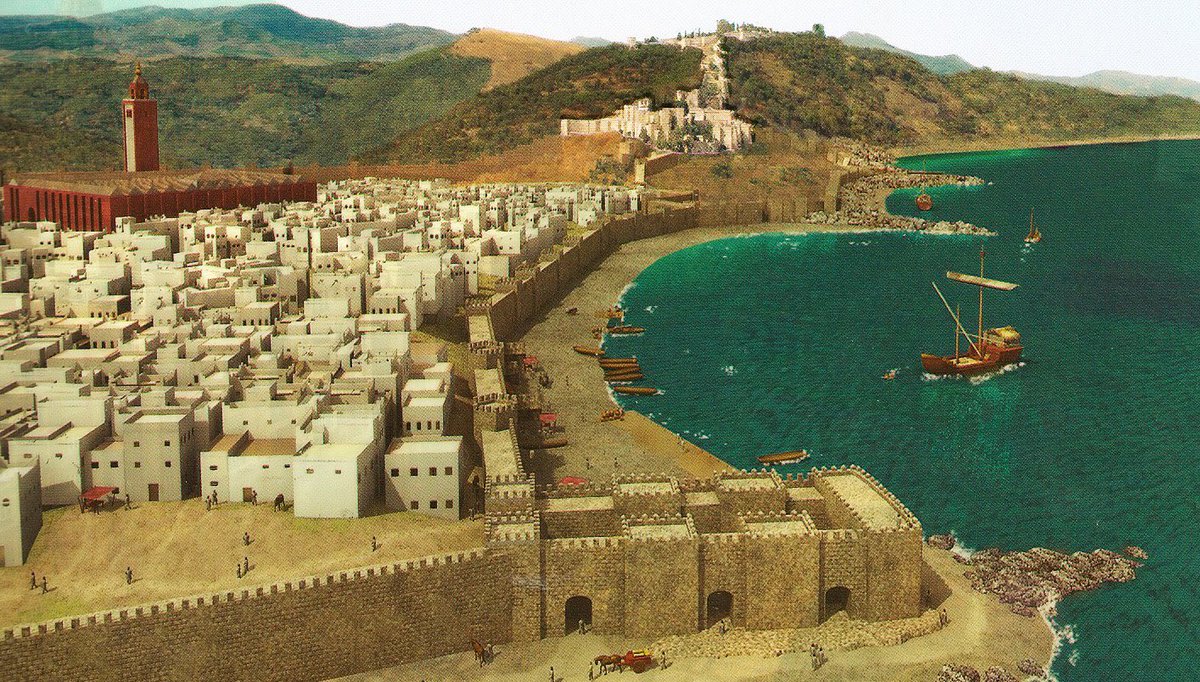
Such a loss must have been felt strongly in Sweden’s caste of warrior elite. In their grief they raised at least 26 runestones to commemorate the men who took part in his ill-fated expedition. Most detail that the man “died in Serkland,” and imploring God to “help their spirit.” 
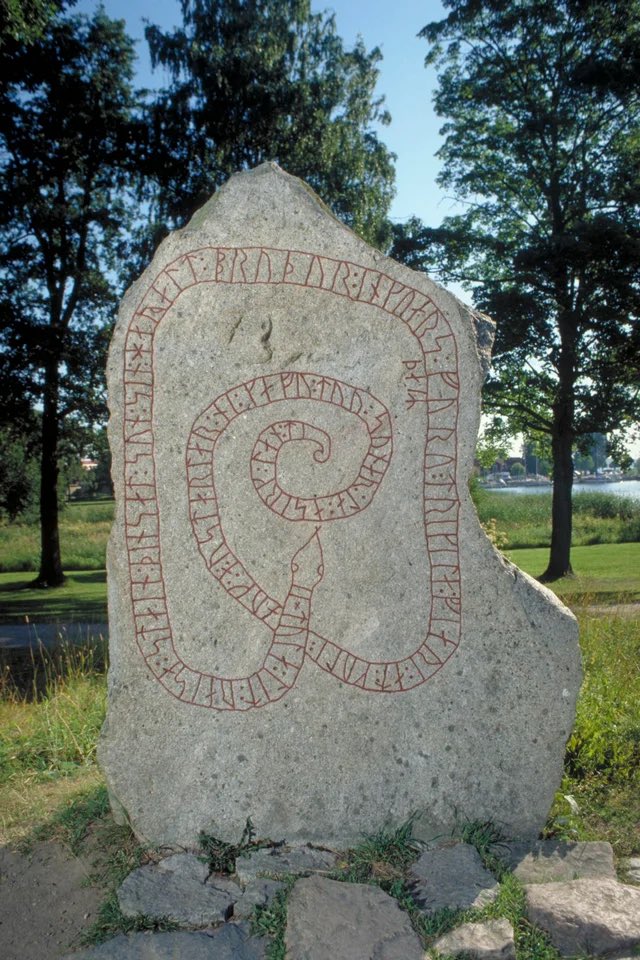
The last possible, recorded raid in the region took place in 1173-1174 when 73 ships of Rus freebooters joined with Khazars, Alans, & Sarir & invaded Shirvan. These pirates were defeated by a Georgian army reinforced by the future Byzantine Emperor, Andronikos Komnenos. 
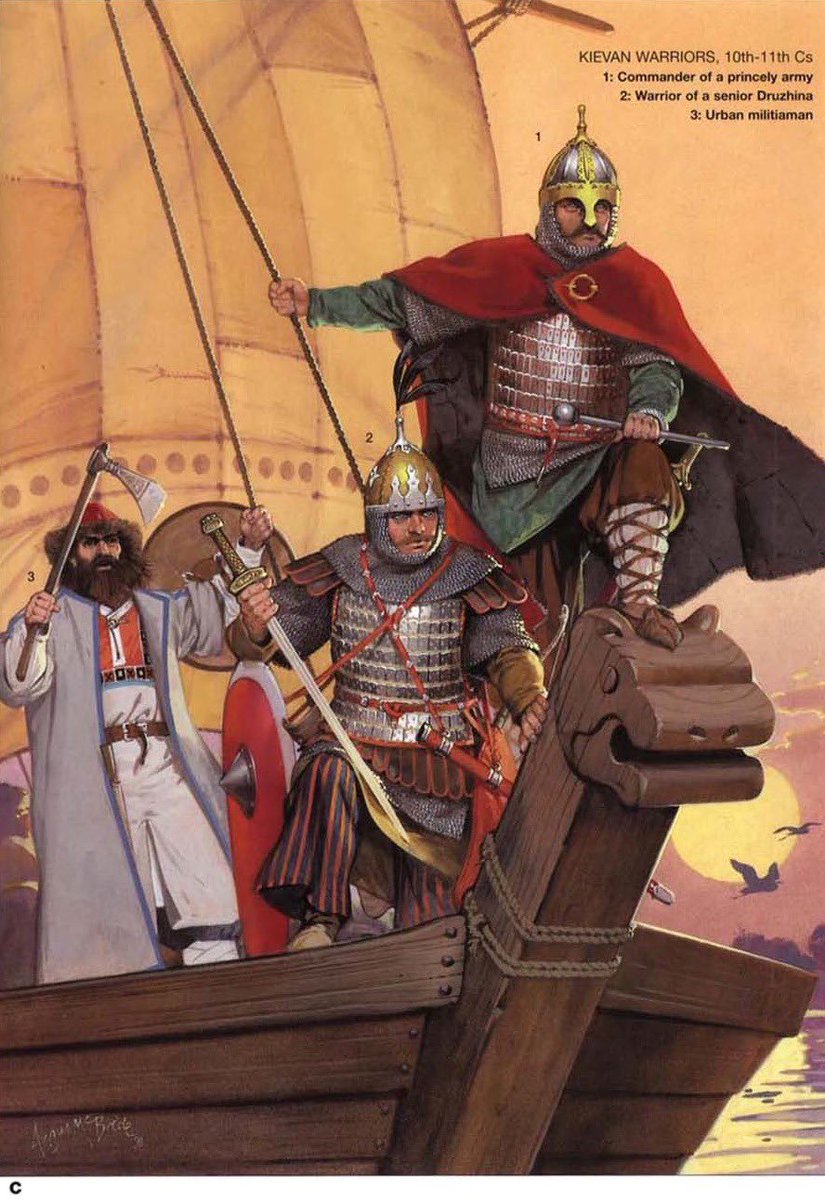
Rus mercenaries seemed to be common in this region after the destruction of Khazaria. Rulers, just like those in Constantinople, found that Rus & Norse warriors were eminently capable & loyal, serving as elite shock troops throughout the region. 

Like most regions raided by Vikings, the raids were followed by extensive trade, much more frequent & lucrative than the risky “smash & grab” operations. The scale of this trade was immense & the historical record bears it out. 
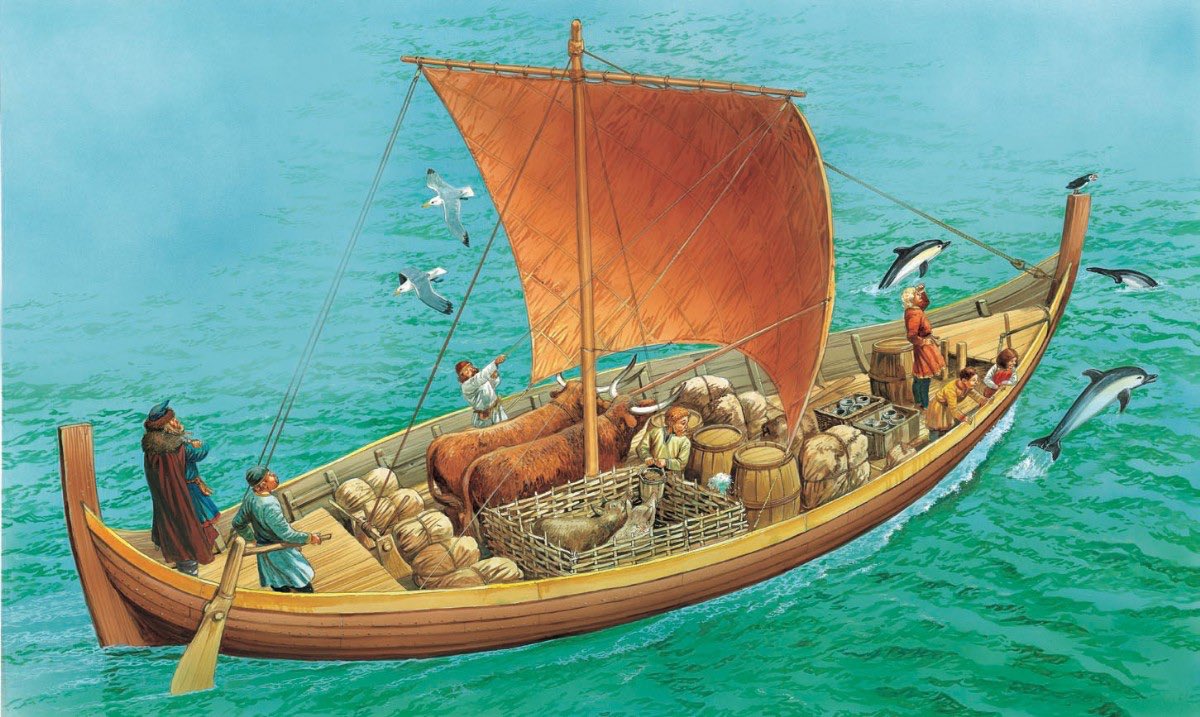
In Sweden over 120,000 silver coins from the Caliphate have been found, 80,000 on the trading hub of Gotland alone. Recently, a beautiful silver ring engraved with Kufic script was uncovered at Birka, Sweden, a testament to the strong ties between Scandinavia & the Middle East. 

With the decline of the Kievan Rus, the trade routes across river systems of Eastern Europe declined & connections between Scandinavia and the Orient frayed, making this period of history all the more unusual & fascinating. 

Longships moored on the dock of a trading entrepôt of the Silk Road, surrounded by the grass sea of the Central Asian steppe, or Viking raiders storming the wealthy cities of medieval Iran seem too strange to imagine, but history is stranger than fiction. 
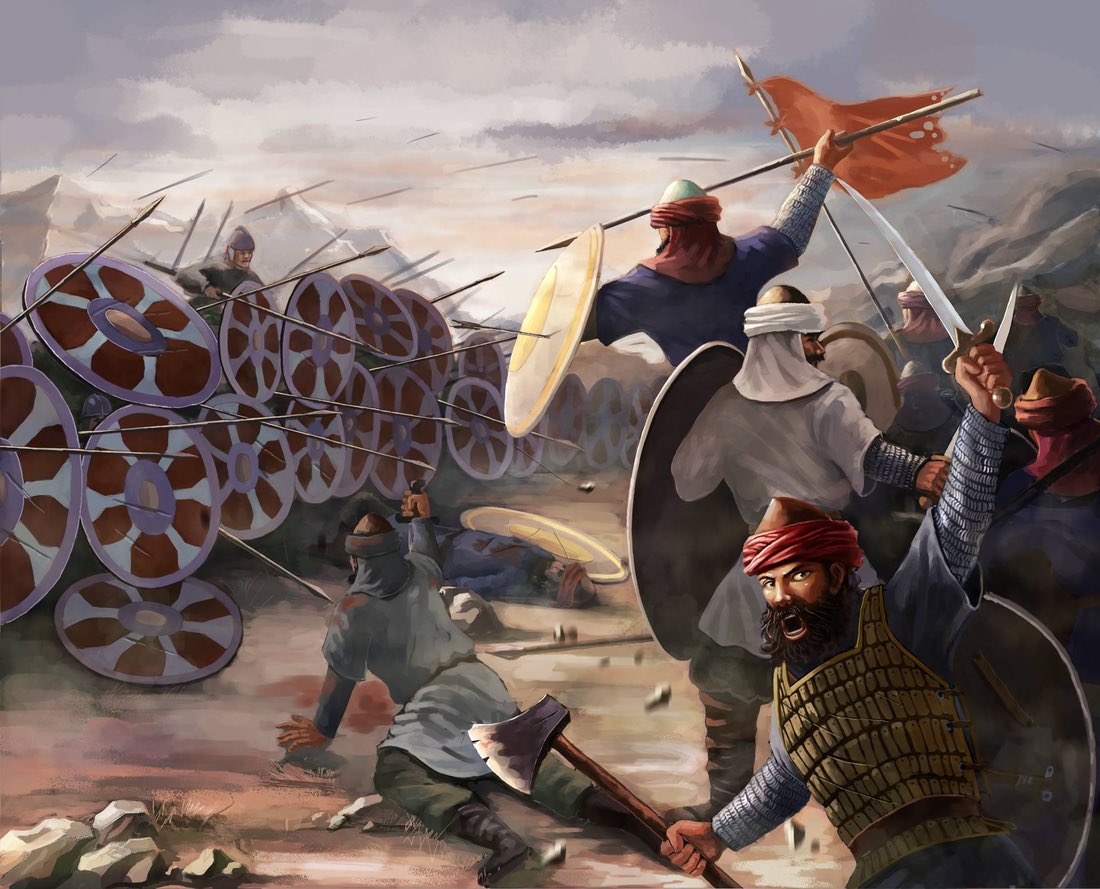
• • •
Missing some Tweet in this thread? You can try to
force a refresh



















